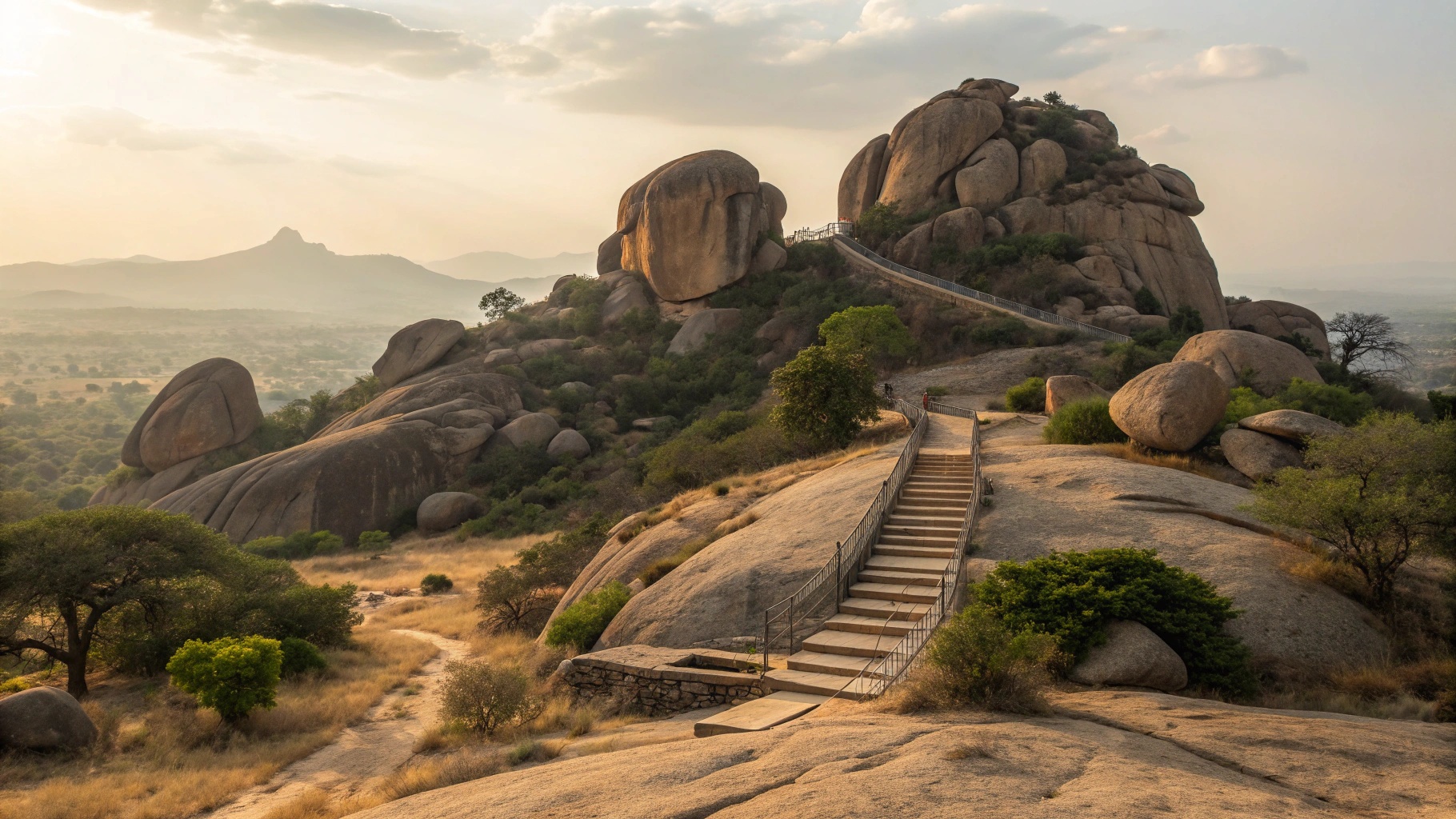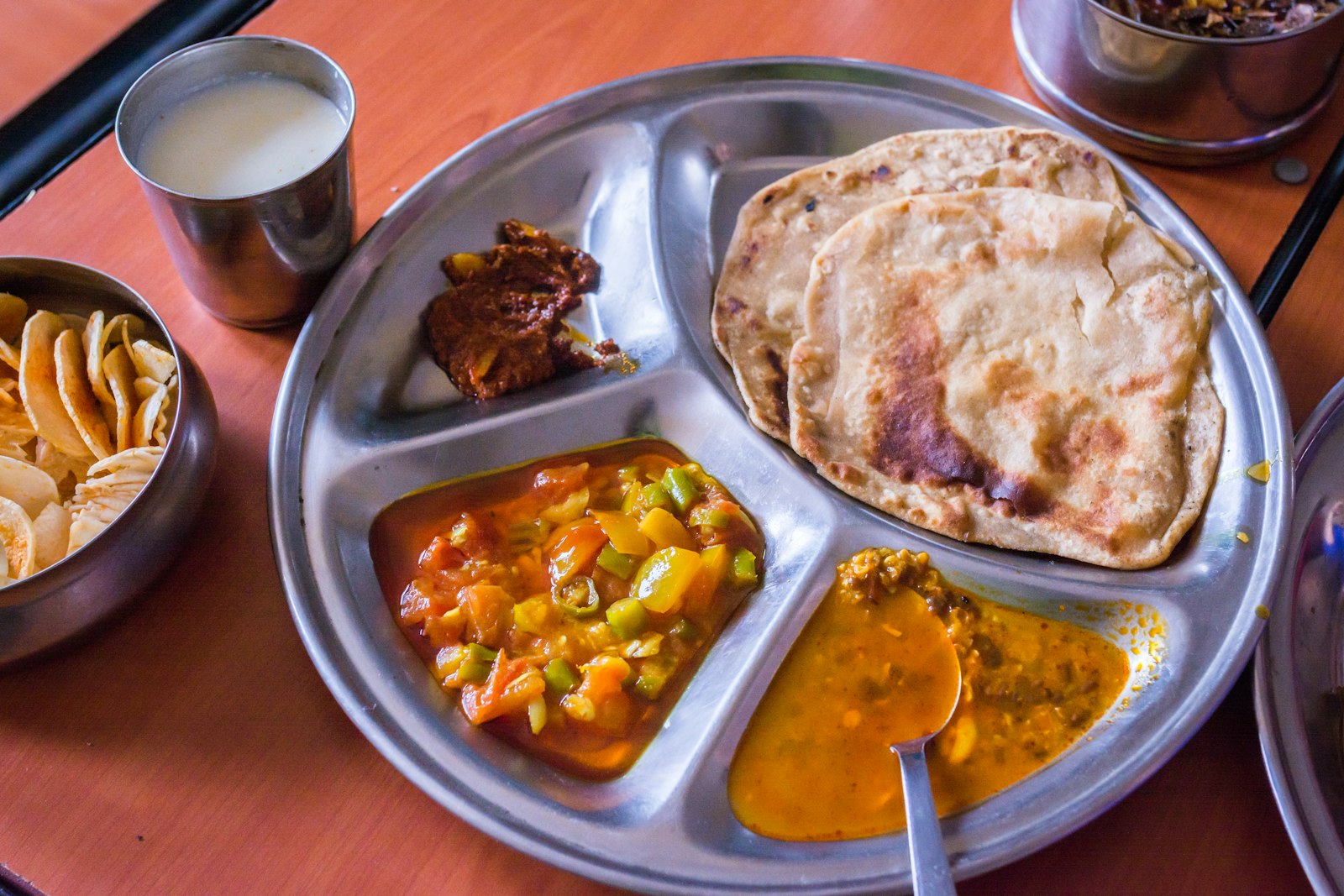Himatnagar Travel Guide: Explore Sabarkantha’s Gateway
Set along the Hathmati River in Gujarat’s Sabarkantha district, Himatnagar is a calm, well-connected base for hill forts, temple art, and green forest drives. Use this independent, practical guide to plan a trip that balances culture, food, and outdoor time without the rush.

Himatnagar at a glance
Himatnagar (often written as Himat Nagar) anchors the northern part of Gujarat, roughly 80–90 km from Ahmedabad on routes heading toward Rajasthan. Travelers pick it as a hub rather than a headline destination: it keeps essentials close—food, stays, ATMs, repairs—while putting day-trip greats like Idar, Shamlaji, and the Polo area within easy reach. The city itself is friendly and unhurried: markets buzz at dusk; sweet shops tempt between errands; riverside air feels softer at sunrise. If you like itineraries that move without feeling rushed, you’re in the right place.
Use Himatnagar for simple logistics and human scale. The town concentrates banking, eateries, and general services along commercial arteries, with residential quarters fanning away from the center. Auto-rickshaws are ubiquitous for short hops, and taxis or self-drive cars make day trips efficient. Mobile data is generally solid in town; coverage may dip on forest stretches, so download offline maps for Polo and other countryside drives.
Top experiences from Himatnagar
Three experiences define most trips: a stair-stepped climb at Idar with rounded granite boulders bathed in pastel light; a contemplative visit to Shamlaji Temple, where carved friezes repay patient looking; and a monsoon-to-winter forest drive toward Polo near Vijaynagar, where streams and stone remains hide under green canopies. With one day, pick your priority. With two, do Idar and Shamlaji. With three, add the forest drive and a picnic. None of these require hardcore logistics—just an early start and a flexible mindset.


When to visit: month-by-month
October–February (best overall)
Clear mornings, pleasant afternoons, and crisp evenings make late October to February perfect for hill walks, temple visits, and road photography. Pack a light layer for dawn starts at Idar and carry a scarf or shawl for religious sites. This is also festival season—expect lively garba nights around Navratri and illuminated homes around Diwali.
March–June (hot, plan smart)
Heat builds steadily. Start around dawn for Idar, take long lunch breaks under a fan or AC, and resume late afternoon. Hydration and electrolytes matter. For families and seniors, pick shorter activity blocks and emphasize shaded temple courtyards and cafes.
July–September (monsoon greens)
Roads slow down and stone can be slick, but landscapes turn photogenic—especially toward Polo. Carry a compact rain layer, choose footwear with grip, and expect occasional showers that make roadside chai taste better than usual.
Orientation and neighborhoods
Himatnagar’s center is compact and easy to navigate, with most everyday services clustering along main roads. From town, roads branch northwest to Idar, east to Shamlaji, and northeast to Vijaynagar/Polo. Think of the city as a calm base where your plans expand outward each morning, then tuck back in for thalis and an evening market stroll.
Getting there and around
By road
Ahmedabad to Himatnagar takes roughly 2–3 hours by car depending on route and traffic. Highways are generally good; monsoon potholes appear in places—slow down in heavy rain and keep headlights on. Buses are frequent; taxis are popular for flexibility; self-drive rentals suit travelers who enjoy unhurried countryside loops.
By rail
Rail connectivity continues to evolve—check current timetables. If direct services don’t align, take a train to a larger junction and connect by bus or taxi to Himatnagar.
By air
Ahmedabad (AMD) is the nearest major airport with strong domestic connections. From the airport, pre-paid taxis and app cabs can take you onward; start early if you expect city traffic.
Where to stay
Expect budget and mid-range hotels geared to business and family travel—clean rooms, AC, and straightforward service. If noise bothers you, ask for rooms away from the main road. On the city’s outskirts, homestay-style stays surface occasionally; these suit travelers who want countryside calm after day trips.
Food and snacks to try
Himatnagar’s comfort is edible: fluffy khaman, silky khandvi, crunchy handvo, and thalis that balance rotli, dal, kadhi, shaak, and farsan with a sweet finish. On special mornings, fafda-jalebi is a ritual. Tea culture runs deep—tiny stalls brew strong, sweet chai that pairs well with maska buns or savory puffs. Vegetarian is the default; vegan adjustments are increasingly common—ask for “no ghee, no curd” and you’ll be guided toward suitable choices.
Sample itineraries
1 day: Fort silhouette and market stroll
Start at Idar just after sunrise for a cooler climb and panoramic views. Return for a thali lunch in town, then a short temple visit and an evening market walk with chai and snacks.
2 days: Idar + Shamlaji
Day 1: Idar climb; afternoon rest; evening market. Day 2: Morning aarti and carvings at Shamlaji; late lunch; sunset photo wander near bridges or a park.
3–4 days: Add Polo green corridors
Include a forest drive toward Polo near Vijaynagar. Choose a clean picnic spot, avoid watercourses for litter risk, and keep sound low—rustling leaves and bird calls set the tone. Add a second golden-hour session at your favorite spot for varied light.
Accessibility
Older temples and Idar’s paths often involve steps or uneven surfaces. Ask hotels about elevators and ground-floor rooms. For wheel-friendlier outings, prefer riverside strolls and newer parks. Hydrate, rest in shade, and schedule transfers at cooler hours.
Safety and health
Himatnagar is generally safe. Use everyday urban awareness. Summer heat can be intense—carry water, wear a hat, and plan shade breaks. Rural roads may see livestock and sudden speed breakers—drive defensively and avoid night drives in unfamiliar areas.
Photography notes
At Idar, pastel skies and rounded boulders make sunrise and sunset the best windows. At Shamlaji, side light reveals depth in carvings; ask staff before photographing and stay respectful of devotees. In monsoon, carry a microfiber cloth for lenses and shoes with solid grip for wet ground.
Shopping and small purchases
Look for handloom cottons, bandhani prints, and durable steel/brass kitchenware. Spice blends travel well; ask sellers for storage tips in humid weather. Bargaining is calm and friendly—expect modest discounts, and value good craft with fair payment.
Language and phrases
- “Kem cho?” How are you?
- “Majama.” I’m fine / All good.
- “Aabhar” / “Dhanyavaad”. Thank you.
- “Krupa karine”. Please.
- “Ocha maru”. Less spicy.
Costs snapshot
Himatnagar skews budget-to-mid. Thalis and snacks are affordable; taxi day hires depend on distance and vehicle type. Keep a buffer for festival surcharges and spontaneous snack runs. Compared to big metros, most visitors find the region easy on the wallet.
Responsible travel
Carry a refillable bottle, avoid single-use plastic, and keep sound low in natural areas. In temples, dress modestly, remove shoes where indicated, and ask before photographing. Support family-run eateries and craft stores where your spend circulates locally.
Map sense and distances
Ahmedabad to Himatnagar: around 2–3 hours. Idar, Shamlaji: typically under 90 minutes each way. Polo area: a little longer depending on routes and road conditions. This compact geography enables relaxed base days with easy scenic drives.
Weather and packing
- Winter: Light jacket or shawl; closed shoes for morning chill; moisturizer.
- Summer: Breathable layers; hat; SPF 30+; electrolytes.
- Monsoon: Compact rain layer; grippy footwear; microfiber towel for lenses.
FAQs
Is Himatnagar a good base for first-time visitors?
Yes. Its scale, connectivity, and proximity to hill, temple, and forest areas make it a stress-free on-ramp to northern Gujarat.
How many days do I need?
Two to three days is a comfortable base plan. Add days for photography sessions, slower mornings, or festival evenings.
What should I wear at temples?
Modest clothing covering shoulders and knees, with footwear removed where indicated. Keep phones on silent and step aside during rituals.
Final word
Himatnagar rewards travelers who like honest flavors, calm streets, and easy day trips. Put the rush aside, pick two or three experiences, and let conversations with chai and sweet shop tastings set the cadence. You’ll leave with memories in natural light and a short list for your next season in Gujarat.